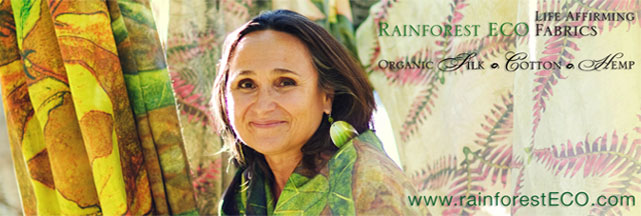I arrived in Brazil hoping to visit the Amazon partners I had corresponded with from the States, to see if one of their projects was a good fit for a first partner project with Rainforest Eco. But on Christmas Eve, I met the keeper of an ecological refuge in the Atlantic rainforest who hosted me at his private reserve for 10 days, while teaching me what I could absorb, and making introductions to people who could be helpful.
Then the second "coincidence" occurred when I was introduced via email to another area of Mata Atlantica through one of my working partners at HUB, near the village of Cunha. I was invited to visit their private reserve, where I met the Brazilian director of Global Greengrants, Maria Amalia Souza. After spending the last two weeks in Cunha, and becoming familiar with her stellar background with NGOs, I have great confidence in the organizations she works with.
One of those here in the town of Cunha, working in cooperation with the state of a Sao Paulo government/World Bank program for reforestation and local subsistence farmers who are learning about organic agro forestry. I have shot many small videos on my field visit with them, and will be putting together a small presentation on the system that exists here.

I find this to be a perfect, while humble beginning project for Rainforest Eco to focus upon. The infrastructure is in place - from a respected Brazilian NGO CASA-Center for Socio-Environmental Support , to their regional partner organization of Serra Acima, to the cooperative of local growers and a brand new farmers' market to share benefits and support one another in finding alternatives to slash and burn farming.

I know the Amazon still holds so much value to be preserved. But this little corner of Mata Atlantica is one of the two most endangered and diverse forests left on the planet. In this climate, cooled by the sea, reforestation can occur fairly rapidly, as I've been shown these last weeks. The potential this regional program holds, by proving its methods viable to the state government, who would replicate the methods in a wider area is very promising.
"The Atlantic forest is much more diverse than the Amazon forest," said Dr. Andre M. de Carvalho, a Brazilian botanist from Bahia... The diversity and primitive nature of several species found in patches of Atlantic forest indicate that more than 500,000 years ago the Atlantic forest supplied many tree species to the Amazon, Dr. de Carvalho said.
While the Atlantic rain forest is one of the world's most biologically diverse ecosystems, it is also one of the most threatened. According to the World Wildlife Fund, the world's two most endangered tropical ecosystems are the Atlantic rain forest in Brazil and the rain forest of Madagascar, an island off the coast of East Africa.
In recent decades, Brazilians' demand for farm and ranch land has radically slashed the Atlantic forest."
This is where we'll begin our Impact by introducing the project to HUB's Global Marketplace.


